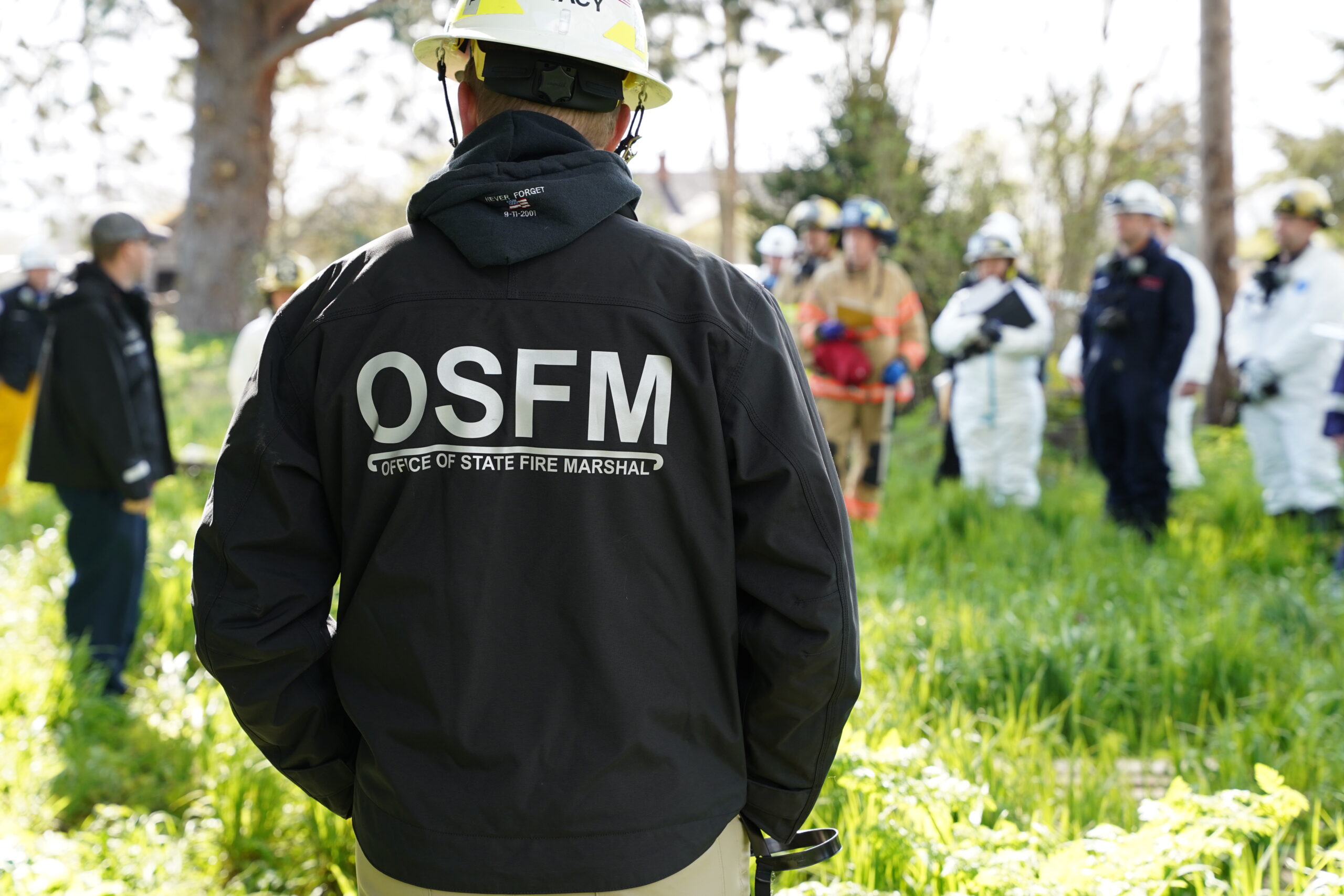Oregonians urged to create defensible space to be better prepared for wildfire
With much of Oregon seeing another year of continued drought and the wildfire outlook for this summer being very concerning, the Oregon Office of State Fire Marshal would like to remind Oregonians of the importance of defensible space around their home and property.
Good defensible space can not only prevent embers from igniting your home but also prevent flames from reaching your home altogether. With some simple steps, you can protect your home and community from wildfire.
A key to good defensible space is to keep it defined, keep grass and weeds cut low and always be prepared to respond to wildfire. With this in mind, the Office of State Fire Marshal urges you to take a look around your property. Look for areas where glowing embers could ignite spot fires and vulnerable areas like decks, patios, and fences that can spread flames to your home. The most significant risk of buildings catching on fire during a wildfire is from the advancing ember shower that can reach your property long before an actual flame front.
“Wildfire safety starts with all of us and our property. Now is the time to take action to prepare our homes, families, and communities for wildfires by starting on our property before there is smoke on the horizon,” Oregon State Fire Marshal Mariana Ruiz-Temple said.
To address the risk of wildfire, the Office of State Fire Marshal recommends the following steps people can take right now to help protect themselves against the upcoming fire season:
- Clear roofs and gutters of dead leaves, debris, and pine needles that could catch embers
- Ensure your roof is in good repair
- Move any flammable material away from exterior walls, i.e., mulch, flammable plants, leaves and needles, firewood piles
- Remove anything stored underneath decks or porches
- Give your home a non-combustible area where a fire in the landscape can’t reach your home, strive for a 5-foot perimeter
- Keep lawns and native grasses mowed to a height of four inches.
- Remove ladder fuels (vegetation under trees) so a surface fire cannot reach the crowns. Prune trees up to six to ten feet from the ground; shorter trees do not exceed 1/3 of the overall tree height.
While defensible space at the individual home offers protection, communities can be better protected when every home in the area creates defensible space. This significantly increases the chances more homes will survive a wildfire event.
“By taking a neighborhood approach to defensible space and community preparedness, you are also protecting our firefighters,” Ruiz-Temple said. “Ultimately, individuals taking the right steps on their property before fire season make firefighters safer and more effective.”
